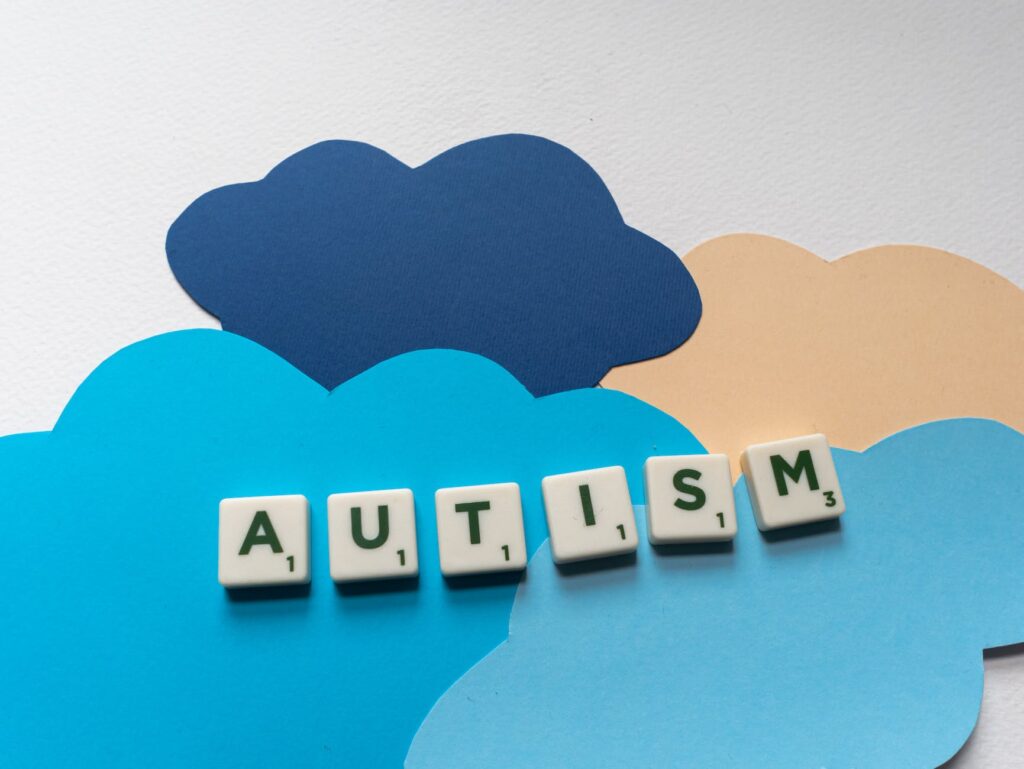
Introduction
Supporting individuals with autism is crucial for fostering their inclusion and empowerment in all aspects of life. Autism, a neurodevelopmental condition, presents unique challenges and strengths for those on the autism spectrum. By implementing strategies that promote understanding, acceptance, and tailored support, we can create environments that enable individuals with autism to thrive. In this blog, Dr. Michael Hilton will explore effective strategies for supporting individuals with autism, fostering inclusion, and empowering their journey towards a fulfilling life.
I. Promoting Understanding and Awareness
Education and Training: Educate yourself and others about autism by attending workshops, training sessions, or reading credible resources. Learn about the characteristics of autism, sensory sensitivities, communication differences, and common challenges individuals may face.
Raising Awareness: Advocate for autism awareness in your community. Organize events, share information through social media platforms, or collaborate with local organizations to promote understanding and acceptance.
II. Creating Inclusive Environments
Sensory-Friendly Spaces: Create sensory-friendly environments by minimizing excessive noise, providing comfortable seating, and considering lighting and visual distractions. These adjustments can help individuals with autism feel more comfortable and reduce sensory overload.
Clear Communication: Use clear and concise language when communicating with individuals with autism. Avoid abstract or ambiguous instructions and provide visual supports when necessary, such as visual schedules or social stories, to enhance comprehension.
Peer Education: Foster inclusive attitudes among peers and classmates by implementing peer education programs. Encourage open discussions about autism, promote empathy, and provide opportunities for shared experiences to cultivate understanding and acceptance.
III. Tailored Support Strategies
Individualized Education Plans (IEPs): In educational settings, collaborate with educators, specialists, and parents to develop and implement IEPs that address the specific needs and goals of students with autism. IEPs can provide targeted support, accommodations, and modifications to optimize learning and participation.
Social Skills Training: Offer social skills training programs that focus on developing communication, social interaction, and self-regulation skills. These programs can help individuals with autism navigate social situations, build relationships, and enhance their overall social well-being.
Transition Planning: Support individuals with autism during transitions, such as moving from school to adulthood or entering the workforce. Collaborate with vocational programs, employment services, and community organizations to provide appropriate support, job training, and resources for a smooth transition.
IV. Promoting Self-Advocacy and Empowerment
Building Self-Esteem: Encourage the development of self-esteem and self-advocacy skills in individuals with autism. Recognize their strengths, celebrate their achievements, and empower them to express their needs and preferences.
Skill Development: Provide opportunities for skill development in areas of interest or strength for individuals with autism. Encourage participation in activities such as art, music, sports, or technology, which can enhance confidence and foster a sense of accomplishment.
Community Engagement: Facilitate community involvement and engagement for individuals with autism. Encourage participation in social clubs, recreational activities, volunteering, or community events to promote social connections and a sense of belonging.
Conclusion
Supporting individuals with autism requires a multi-faceted approach that prioritizes understanding, inclusion, and empowerment. By promoting awareness, creating inclusive environments, implementing tailored support strategies, and fostering self-advocacy, we can create a society that embraces the strengths and potential of individuals with autism. Let us work together to ensure that individuals with autism have the necessary support and opportunities to thrive, contribute, and lead fulfilling lives.